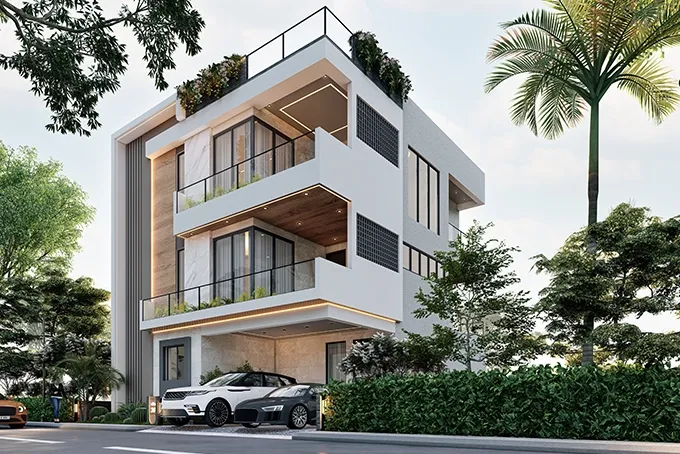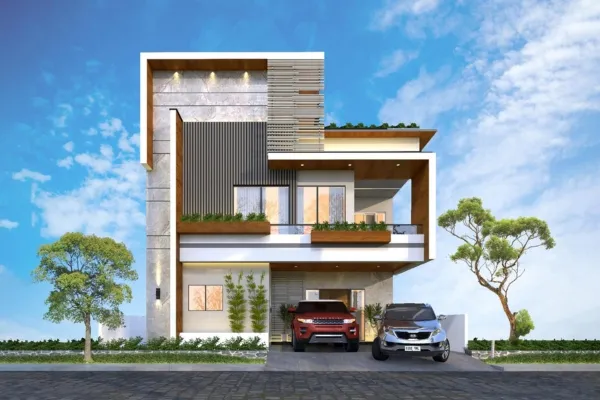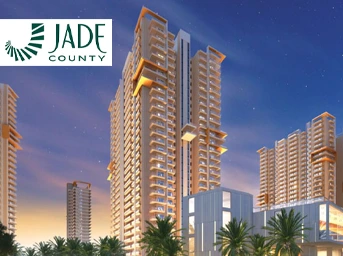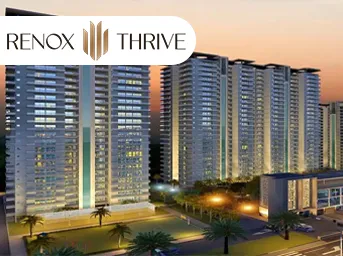5 Hidden Costs When Buying A Home
Ritika

During a purchase, an individual does a few
configurations before they proceed further. One of the parameters is price.
This is a fact in the housing sector as well. Consideration of hidden costs
becomes important because buying a house is a long-term investment and such a
step will have various expenses at different stages that allow you to compare
benefits between different properties. A lot of costs can be buried underneath
the agreement papers and buyers often blindly sign these agreements, causing
problems in the future.
Therefore, before you take any decision, take into
consideration below five indistinguishable.
1. Maintenance costs
While most buyers spare a thought towards
maintenance costs in the future, few sit down and tabulate the expenses that
can often make a significant dent in your financial assets and some choices are
more favorable in the long run. Owners and builders either ask for maintenance
deposits upfront or an amount that suffices for a certain period (preferably
one or two years). It often forms part of the contract and is included in the
rules and regulations stated under the allotment letter, given to the buyer
after they pay the booking amount, and state their interest and claim on the
property. However, this does not include a specific amount and if the buyer
asks for the same, they are given a range of prices within which they can
expect prices. It does not mean that there is a complete lack of order –
builders cannot charge an arbitrary amount according to their whims. These
charges can be either fixed for each household or determined as per the area of
the apartment.
Buyers can request a copy of the charges upfront so
that it doesn't bother them at the time of possession, but there are certain
charges such as maintenance of services, unforeseen repair, water, and
electricity that are variable and cannot be predicted. RERA recommends that the
buyer and the seller enter into an agreement clearly stating the amount and the
frequency of payment required – modifications can be later made depending on a
concise conclusion between the Resident Welfare Association and the buyer. This
results in the ceasing of extemporary charges. However, once a property is
leased out, it doesn’t relieve the lender from the complete responsibility of
payment. But, there is a way out to this, if it says in agreement, then the lender
has no role to play in the payment process. That being said, if you are on the
defaulter's list, then RWA will stop supplies like electricity and water
supply.
Under the Real Estate (Regulation
and Development) Act (RERA), certain basic services are essentially provided to
the residents of the building or complex within reasonable maintenance charges.
After the society forms its Resident Welfare Association (RWA) with its
members, the builder cannot continue to take maintenance charges and this duty
will be passed on to RWA who can devise their own rules based on the majority
votes and other requirements. They also decide on the frequency of the
collection of such payments.
Existing or old properties collect this fund as
part of a form of security deposit that showcases the trust between both the
partners in the agreement as well as a future asset weighed against any forms
of damage the property may suffer; new buildings may cover this under charges
they request for setting and maintaining common amenities such lighting, gyms,
parks, etc. Over some time, these charges, as do various other expenses related
to the house, rise to a generous amount to account for existing setups, the number
of amenities offered and any new facilities offered by the management. The
amount can also differ depending on the area or locality the property is
situated in.
2. Stamp duty and Registration fees
Both of these amounts are compulsory in progressing
towards owning a home – these fee proceeds are set aside for the respective
state government for the registration of the house under their name. Different
states have different rates for stamp duty applicable within the range of 5-7%.
A successful registration ensures that the house is registered under the
individual's name, working as a finalized agreement between the buyer and the
seller dictating the terms and conditions for the transferring of the property
from the latter's name to the former. This registration accounts for 1-2% of
the total cost of the house. Both these factors may seem like small percentages
of the overall cost but the theory remains that it can be a significant amount
if the base price of the house is high. The factors that determine your stamp
duty charges include the owner's age (senior citizens get subsidized rates),
owner's gender (females and males pay different charges, the latter pays 2%
more), and age of the property (market value of the property is determined by
whether it's old or new), location (urban areas with a lot of demand gain a
higher percentage of charges as compared to those properties on the outskirts
of the town), purpose (commercial buildings attract more taxes when compared
with residential buildings as the former offers more services and amenities)
and any extra services offered by the residential complex like gyms, swimming
pools, gardens, libraries, etc. Remember to keep in hand important documents
such as the sales deed under the seller's name, a NOC from the respective
apartment association, bank statements, electricity bills, a sales agreement,
and a sanctioned building plan, among many others. There are versions of
physical stamp paper (most common as non-judicial stamp paper from an
authorized individual), e-stamping (to account for forgery and simplify the
process under collection centers that allow this service), and franking (where
an authorized agent approves the payment of the stamp duty).
Other fees also include the Goods and Services Tax
(GST) for properties under construction that are purchased in India. This
amount goes to the government which is 5% on property under construction and 1%
on more affordable housing. Properties that are ready to move in do not have
any GST charges or those properties that already have their completion
certificate. Buyers must make note of this depending on their needs and other
requirements.
Sometimes, you can take advantage of the spacing
available within the residential complex and have a preferred space. For
example, getting a flat with or without a balcony has different charges,
consisting of the Preferential Location Charge (PLC). The buyer pays a specific
amount as an extra charge for a unit booked in a preferred location within the
complex. This charge differs according to the location of the building, the
builders' rates, and the completion rates of the projects themselves – see
penthouses with lake views or villas with sprawling gardens. Buyers should
consider this cost important as there are no fixed rates.
3. Broker fees
This is similar to the registration charges – it's
the charges requested by the middle man, or the broker, between the buyer and
the seller and form 1-2% of the total price of the house. What's to watch out
for are those different brokers who have different rates of settlement and in
cases when the house sells for a high price, when they may raise their demands
as well. Buyers must settle this with their middlemen and ensure that this does
not cause conflict – or unnecessary expenses – when finalizing the deal.
4. Parking
This factor single-handedly determines a home deal
as parking issues cause a lot of anxiety due to the severe lack of it,
especially in our major cities. Parking spaces are not directly included in
home deals but the luxury of having the provision within the residential
complex demands a greater price, as much as the location of the home itself. It
constitutes a separate price, has high demand because of the limited supply and
the seller can allocate the space to another paying member of the residential society in case the
buyer rejects the offer. Thus, the annual price of maintaining an empty slot
comes at a steady price that can rise to lakhs depending on the location and
supply.
5. Interior Designing
The foundation cost of a house does not cover the most important expense of all, which is your interiors – even the most basic package costs a lot for tweaks and edits that come to your satisfaction. Lack of proper interiors makes even the most desirable house an unlivable box so this must be an important and well-thought-of investment that cannot be skimped on. Painting, furniture, plumbing, and basic electric appliances – it can get longer and heavier on the pocket as the needs grow. Sacrifices and cutting down can bring it down to the most important necessities at 10-11 lakhs. Online shopping is always an option for cutting costs to a certain extent when attempting to furnish but interior designing commands a greater chunk of spending and that can come in the range of 15-20 lakhs, depending on basic to luxury.




